Growing Demand for Automation
The E Invoicing Market is experiencing a notable surge in demand for automation solutions. Businesses are increasingly recognizing the efficiency gains associated with automating invoicing processes. According to recent data, organizations that implement automated invoicing can reduce processing time by up to 70%. This shift towards automation not only streamlines operations but also minimizes human error, thereby enhancing accuracy. As companies strive to optimize their financial workflows, the adoption of automated invoicing solutions is likely to continue its upward trajectory. Furthermore, the integration of automation tools within the E Invoicing Market is expected to facilitate faster payment cycles, improving cash flow management for businesses. This growing demand for automation is indicative of a broader trend towards digital transformation across various sectors.
Rising Focus on Sustainability
The E Invoicing Market is increasingly aligned with the rising focus on sustainability among businesses. As organizations strive to reduce their environmental footprint, the transition from paper-based invoicing to electronic invoicing presents a viable solution. E Invoicing significantly reduces paper consumption, contributing to environmental conservation efforts. Recent studies indicate that companies adopting E Invoicing can decrease their paper usage by up to 80%, aligning with sustainability goals. This shift not only benefits the environment but also enhances corporate social responsibility initiatives. As consumers and stakeholders become more environmentally conscious, businesses are likely to prioritize sustainable practices, further driving the adoption of E Invoicing solutions. The emphasis on sustainability within the E Invoicing Market is expected to foster innovation and the development of eco-friendly invoicing solutions.
Regulatory Compliance Requirements
The E Invoicing Market is significantly influenced by the increasing regulatory compliance requirements imposed on businesses. Governments worldwide are implementing stringent regulations to ensure transparency and accountability in financial transactions. For instance, many jurisdictions now mandate electronic invoicing for tax compliance, which compels organizations to adopt E Invoicing solutions. This regulatory push is expected to drive market growth, as companies seek to align their invoicing practices with legal standards. Data suggests that regions with strict compliance regulations have seen a marked increase in E Invoicing adoption rates, with some countries reporting growth rates exceeding 30% annually. As compliance becomes a critical factor in business operations, the E Invoicing Market is likely to expand further, driven by the need for businesses to adhere to evolving regulatory frameworks.
Increased Cross-Border Transactions
The E Invoicing Market is experiencing growth due to the increase in cross-border transactions. As businesses expand their operations internationally, the need for efficient invoicing solutions that can handle multiple currencies and comply with various tax regulations becomes paramount. E Invoicing systems facilitate seamless cross-border transactions by automating currency conversions and ensuring compliance with local invoicing standards. Data indicates that the volume of cross-border transactions has been rising steadily, with projections suggesting a growth rate of over 20% in the coming years. This trend is likely to drive demand for E Invoicing solutions that cater to the complexities of international trade. As companies seek to streamline their invoicing processes in a global marketplace, the E Invoicing Market is poised for significant expansion.
Enhanced Data Analytics Capabilities
The E Invoicing Market is witnessing a transformation due to enhanced data analytics capabilities. Organizations are increasingly leveraging data analytics to gain insights into their invoicing processes, enabling them to make informed decisions. Advanced analytics tools allow businesses to track payment trends, identify bottlenecks, and optimize cash flow management. This analytical approach not only improves operational efficiency but also enhances financial forecasting accuracy. As companies recognize the value of data-driven decision-making, the demand for E Invoicing solutions equipped with robust analytics features is likely to rise. Furthermore, the ability to analyze invoicing data can lead to better supplier relationships and improved negotiation strategies, thereby contributing to overall business success. The integration of data analytics within the E Invoicing Market is poised to redefine how organizations manage their invoicing processes.


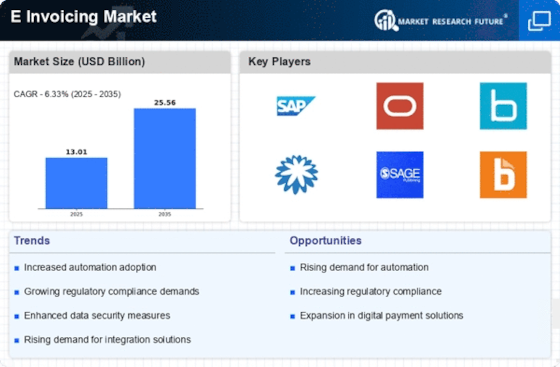
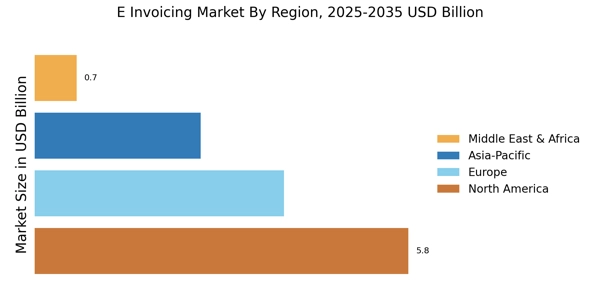
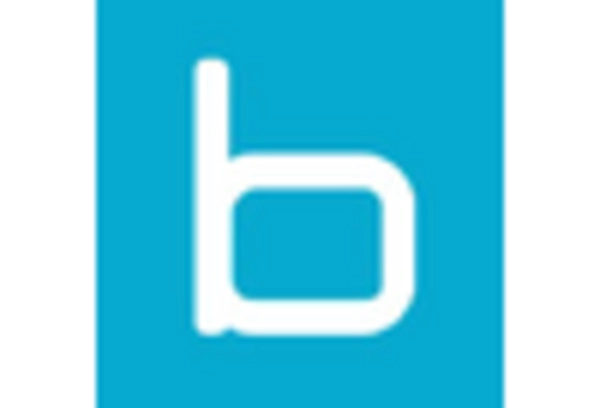
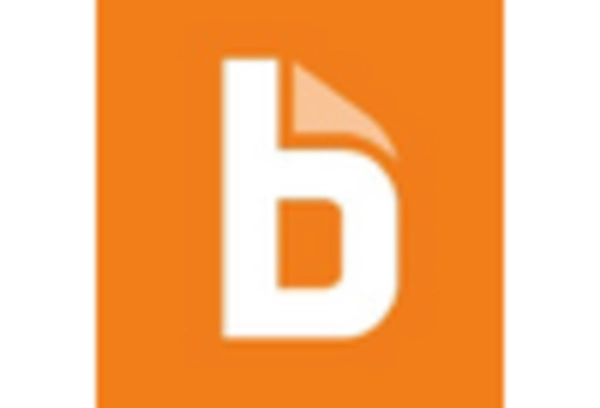



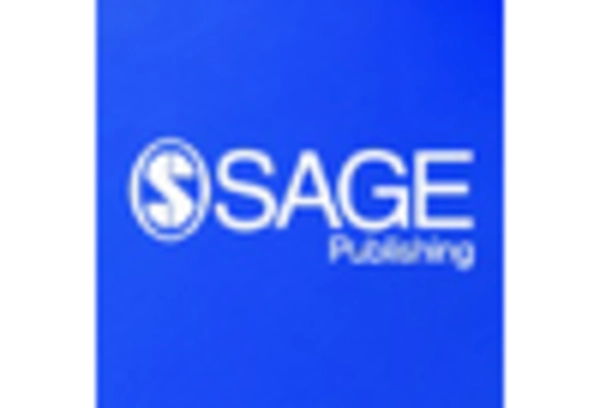








Leave a Comment